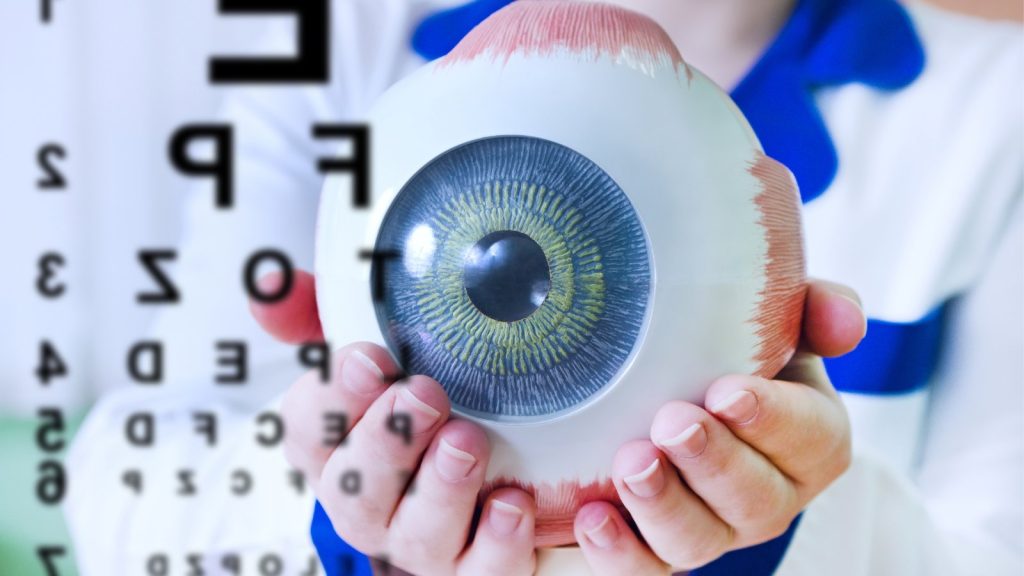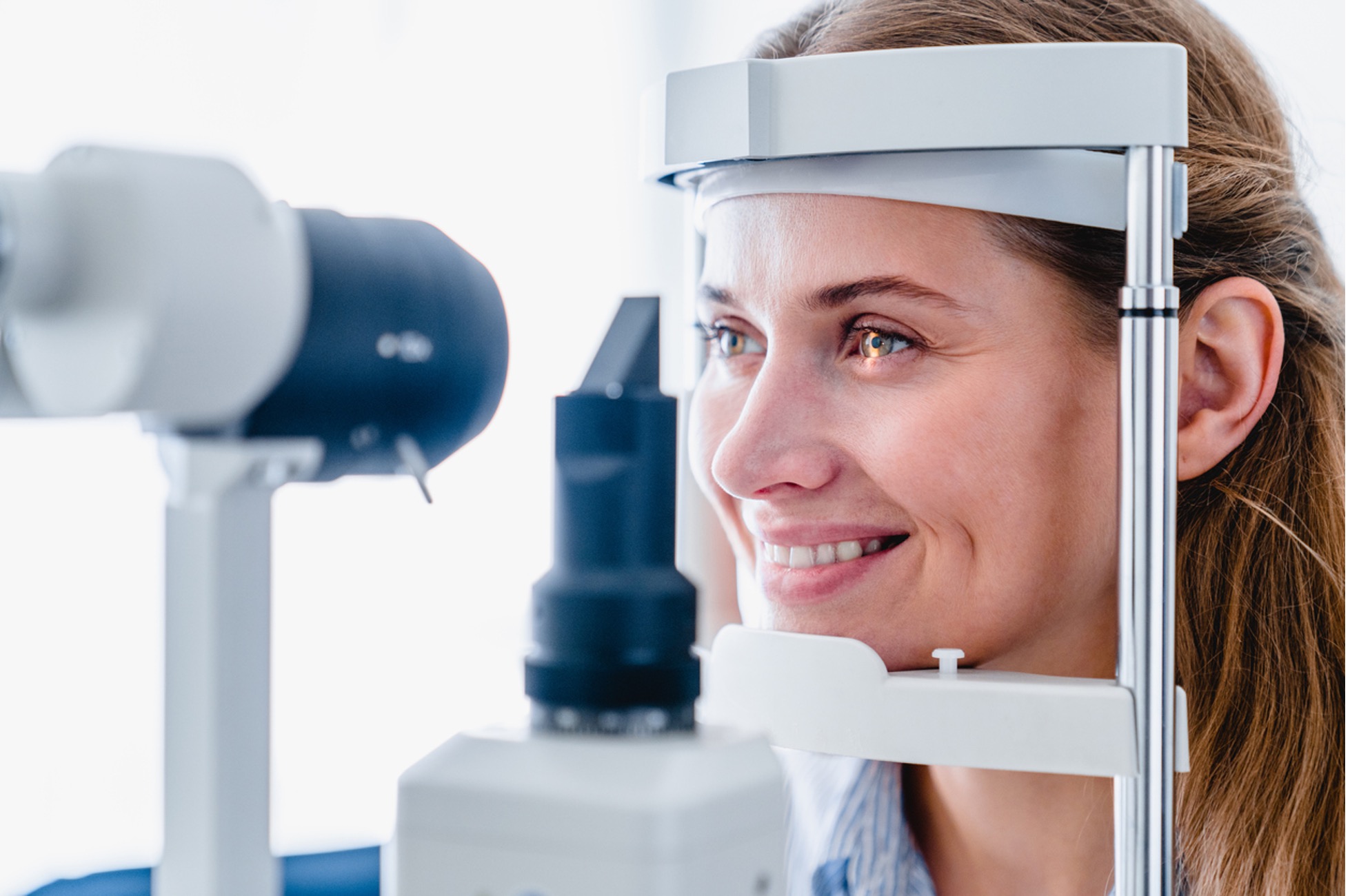Find the most effective Glaucoma Service Near Me: Expert Eye Care Solutions
Wiki Article
The Duty of Advanced Diagnostic Tools in Identifying Eye Disorders
In the realm of ophthalmology, the application of advanced diagnostic devices has actually revolutionized the very early identification and management of different eye disorders. As the need for exact and prompt diagnoses proceeds to grow, the combination of sophisticated devices like optical comprehensibility tomography and aesthetic field screening has come to be indispensable in the world of eye care.Value of Early Medical Diagnosis
Very early medical diagnosis plays a crucial function in the reliable management and therapy of eye disorders. Timely identification of eye problems is vital as it permits for prompt intervention, potentially preventing further development of the illness and minimizing long-term complications. By spotting eye problems at an early phase, doctor can use appropriate treatment strategies tailored to the particular condition, inevitably bring about better end results for people. Moreover, early diagnosis makes it possible for individuals to accessibility required support services and sources sooner, improving their overall lifestyle.
Innovation for Identifying Glaucoma
Cutting-edge diagnostic modern technologies play a critical duty in the very early detection and surveillance of glaucoma, a leading source of irreversible loss of sight worldwide. One such technology is optical coherence tomography (OCT), which offers detailed cross-sectional photos of the retina, allowing for the measurement of retinal nerve fiber layer thickness. This dimension is important in examining damage brought on by glaucoma. One more advanced tool is visual field screening, which maps the sensitivity of a client's aesthetic area, helping to find any type of locations of vision loss characteristic of glaucoma. Furthermore, tonometry is used to gauge intraocular pressure, a major threat factor for glaucoma. This examination is crucial as raised intraocular pressure can result in optic nerve damages. More recent technologies like the usage of fabricated intelligence algorithms in analyzing imaging information are revealing encouraging outcomes in the early detection of glaucoma. These sophisticated diagnostic devices enable eye doctors to detect glaucoma in its beginning, permitting prompt treatment and much better administration of the illness to prevent vision loss.Role of Optical Comprehensibility Tomography

OCT's capability to measure retinal nerve fiber layer thickness allows for specific and objective dimensions, aiding in the very early discovery of glaucoma even before visual area defects come to be obvious. OCT technology allows longitudinal monitoring of architectural changes over time, facilitating personalized therapy plans and timely interventions to assist preserve clients' vision. The non-invasive nature of OCT imaging additionally makes it a favored selection for monitoring glaucoma progression, as it can be repeated routinely without triggering discomfort to the person. In general, OCT plays a crucial function websites in boosting the diagnostic precision and management of glaucoma, ultimately adding to far better outcomes for individuals in jeopardy of vision loss.
Enhancing Medical Diagnosis With Visual Field Testing
An essential element in thorough ocular analyses, aesthetic area screening plays a crucial duty in boosting the analysis process for numerous eye disorders. By assessing the full degree of a patient's visual area, this examination gives critical details regarding the practical stability of the entire aesthetic path, from the retina to the visual cortex.Visual area screening is specifically beneficial in the medical diagnosis and administration of conditions such as glaucoma, optic nerve disorders, and numerous neurological conditions that can impact vision. With quantitative dimensions of outer and central vision, medical professionals can identify refined modifications that may indicate the visibility or development of these conditions, even prior to visible symptoms take place.
Moreover, visual area screening allows for the monitoring of therapy efficiency, assisting ophthalmologists customize restorative interventions to private patients. eyecare near me. By tracking adjustments in aesthetic area efficiency over time, medical care suppliers can make educated choices regarding changing medications, suggesting surgical interventions, or implementing other ideal procedures to preserve or enhance a client's visual feature
Taking Care Of Macular Deterioration

Verdict
In verdict, advanced diagnostic devices play a vital role in identifying eye problems early on. Technologies such as Optical Coherence Tomography and aesthetic area screening have greatly boosted the accuracy and performance of identifying conditions like glaucoma and read macular deterioration.Report this wiki page